39 Capítulo 4: Sección 5: La familia
Section Goal
In this section, students will learn how to describe family relationships.
The concept of family is changing in the Spanish-speaking countries. In the past, extended families (grandparents, parents, and children) often lived in the same dwelling. Today, fewer grandparents live with their children, and the number of traditional nuclear families (mother, father, and children) as well as nontraditional families is increasing. In spite of these changes, family life is still an important social institution in Hispanic culture.
Úsalo
Actividad 21.
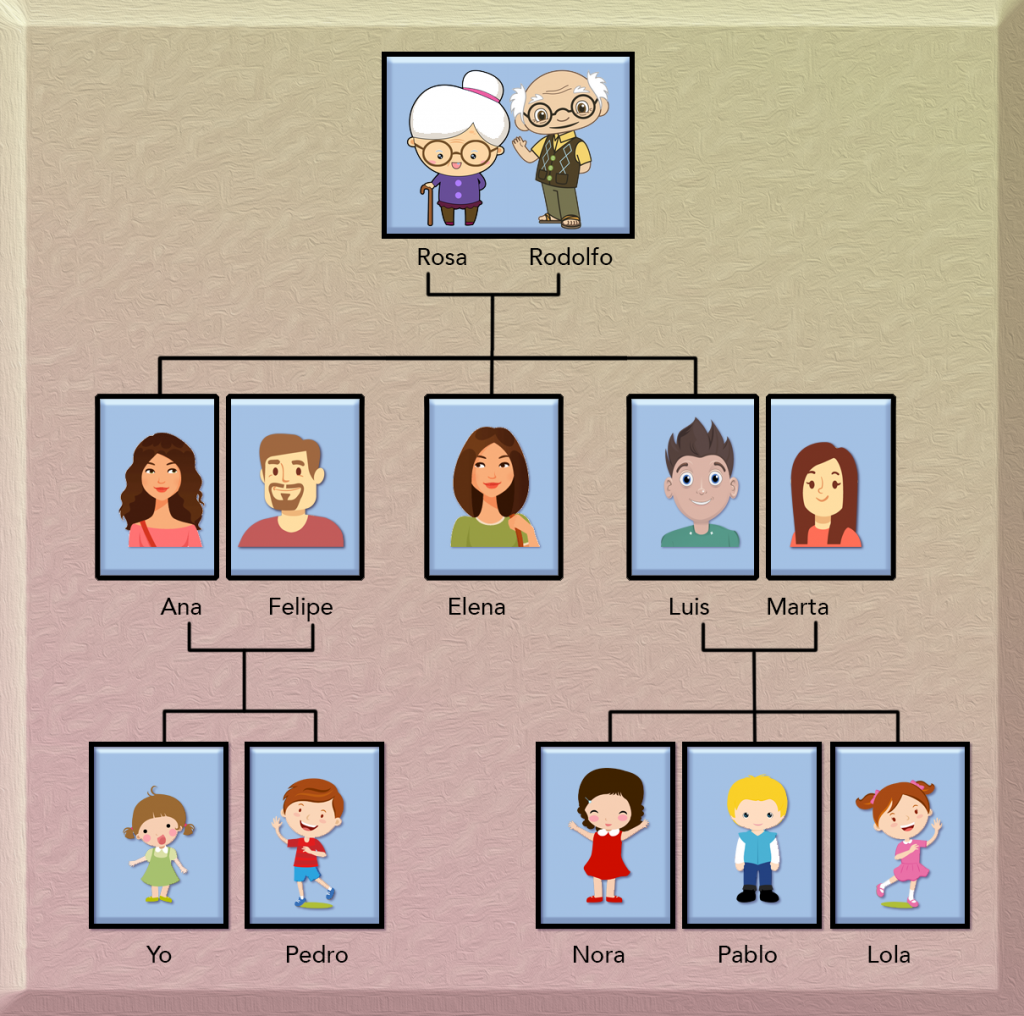
Paso 2: With a classmate, take turns and ask each other these questions.
- ¿Cómo se llama tu padre?
- Mi padre se llama …
- ¿Cuántos años tiene tu padre?
- Mi padre tiene … años
- ¿Cómo se llama tu madre?
- Mi madre se llama …
- ¿Cuántos años tiene tu madre?
- Mi madre tiene … años
- ¿Cómo se llaman los padres de tu madre?
- Mis abuelos se llaman …
- ¿Cómo se llaman los padres de tu padre?
- Mis abuelos se llaman …
- ¿Tienes hermanos (siblings)?
- Tengo … hermanos/as.
- ¿Cómo se llaman tus hermanos?
- Mi hermano se llama…
- ¿Cómo es tu familia?
- Mi familia (no) es …
Vocabulario
Text version of the family tree (with audio):
El abuelo / La abuela (grandfather/grandmother)
El esposo / La esposa (husband/wife)
El hermano / La hermana (brother/sister)
El hijo / La hija (son/daughter)
La madre, mamá (mother, mom)
El nieto / La nieta (grandson/granddaughter)
El novio / La novia (boyfriend/girlfriend)
El padre, papá (father, dad)
La pareja (couple)
El pariente (relative)
El primo / La prima (cousin)
El sobrino / La sobrina (nephew/niece)
El tío / La tía (uncle/aunt)
La cuñada / el cuñado (sister-in-law / brother-in-law)
Los medio hermanos / el medio hermano/ la media hermana (half-siblings / half-brother / half-sister)
Los hermanastros / el hermanastro / la hermanastra (stepsiblings/stepbrother/stepsister)
El hijastro / La hijastra (stepson/stepdaughter)
La madrastra / El padrastro (stepmother/stepfather)
Tipos de familias:
- Familia nuclear o pequeña
- Familia extendida o grande
- Primera, segunda, tercera generación
- La familia política
- La familia moderna
- La familia tradicional
Las mascotas:
- El conejo
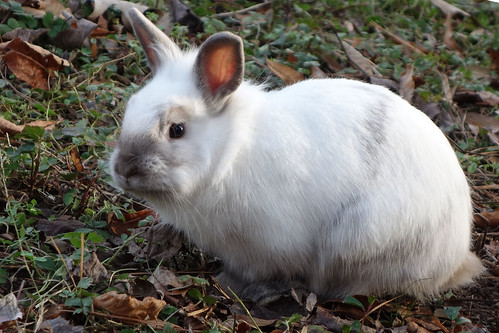
- El cuy
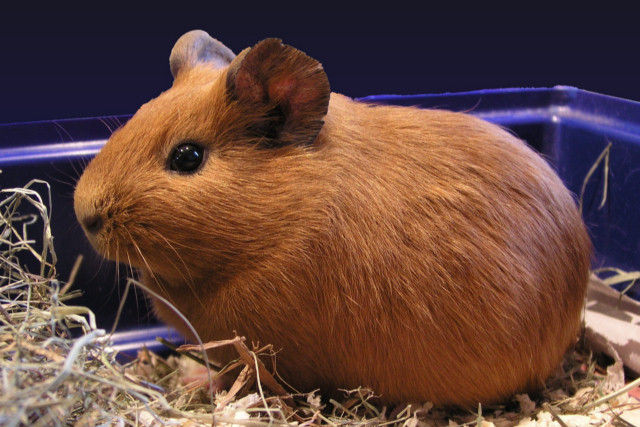
- El gato / la gata
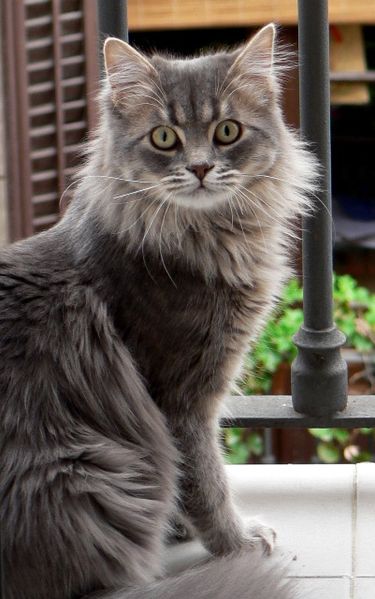
- El pájaro
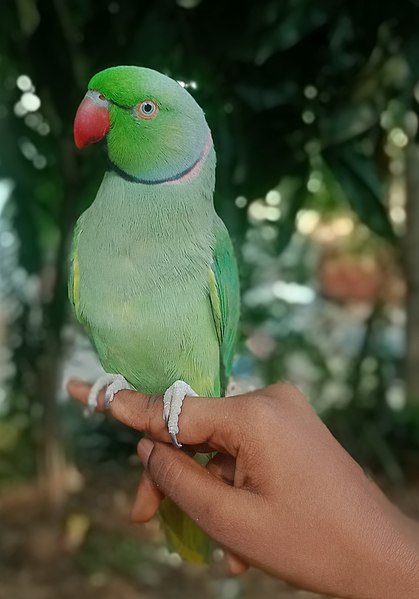
- El perro / la perra
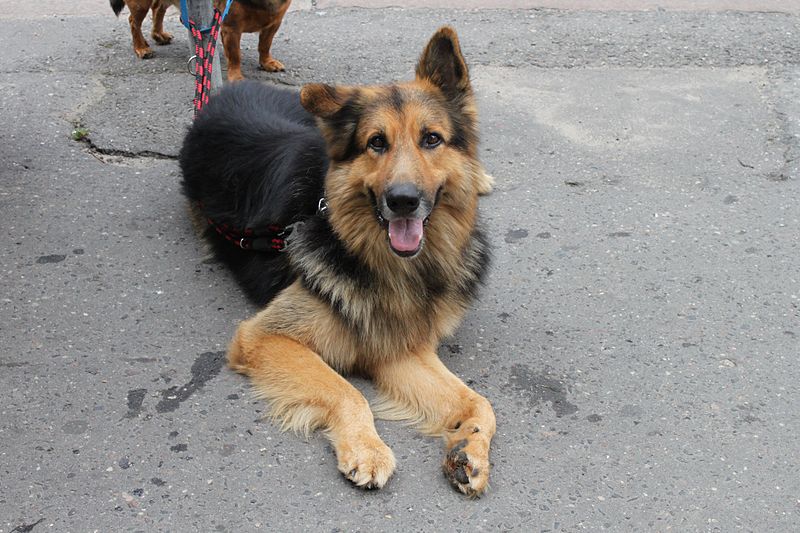
- El pez
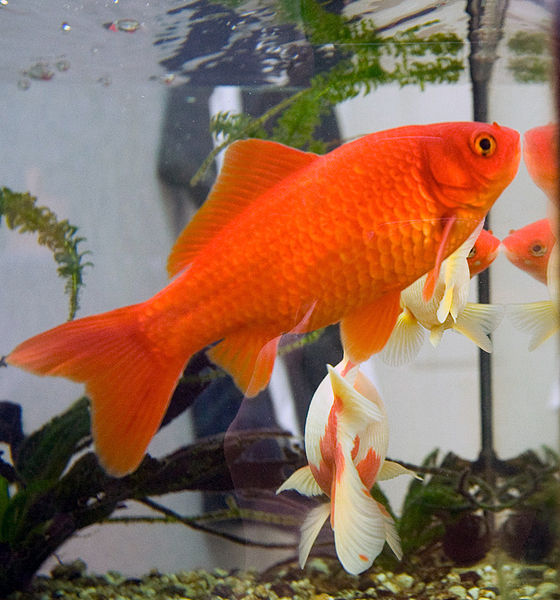
- La tortuga
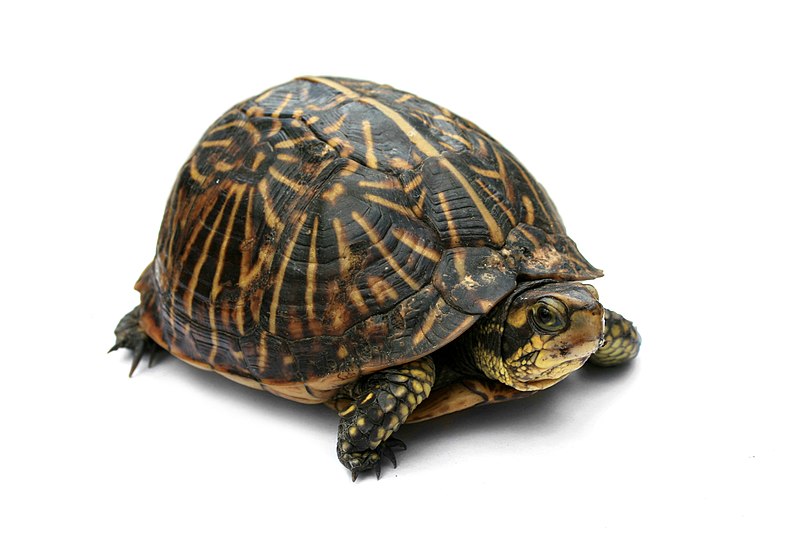
La familia real española
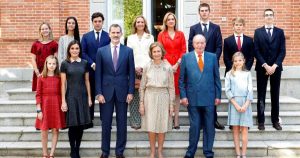
As in England, Spain has a royal family. Spain has a monarchy and a parliamentary government. The king of Spain is the head of the government but does not have any executive or legislative power. He will decide a tied vote in the parliament and he also has control of the armed forces. His main functions are to represent Spain in foreign visits and is always present in official parliament meetings.
Today, the king of Spain is Felipe IV. He is married to Letizia Ortiz, and together they have two daughters, Infanta Leonor and Infanta Sofía. Infanta Leonor will be the future queen. Letizia studied journalism and worked in Spain and in Mexico at channels like Bloomberg, CNN+, plus others. King Felipe’s parents are Sofía and Juan Carlos I, who reigned from 1975 to 2014, when he abdicated. Sofía and Juan Carlos have three children, Felipe, Cristina, and Elena. Currently, the previous king and queen are in the Palacio de la Zarzuela.
Cristina is the oldest of the three and is married to Iñaki Urdangarin, a water polo player from 1986 to 2000. Cristina and Iñaki have four children, Juan, Pablo, Miguel, and Irene. Since 2013, they live in Geneva, Switzerland, and Cristina works for an international foundation.
Elena was married to Jaime Marichalar, son of a Spanish duke. Elena and Jaime’s marriage lasted from 1995 to 2010. Together they have two children, Felipe and Victoria. Elena and her children live in Madrid, Spain. The royal family is a very close-knit family like the majority of families in Spain and Latin America.
Actividad 22. La familia real española

Instructions: Fill in the blank with the correct family vocabulary word about “la familia real española”.
Escuchar: La familia
Actividad 23: ¿Qué ves?
Instructions: What do you see? Make up relationships to describe the people you see in the photo. Use the verb ser for review.
Por ejemplo: Ana y Jorge son esposos. Lupita es su hija.
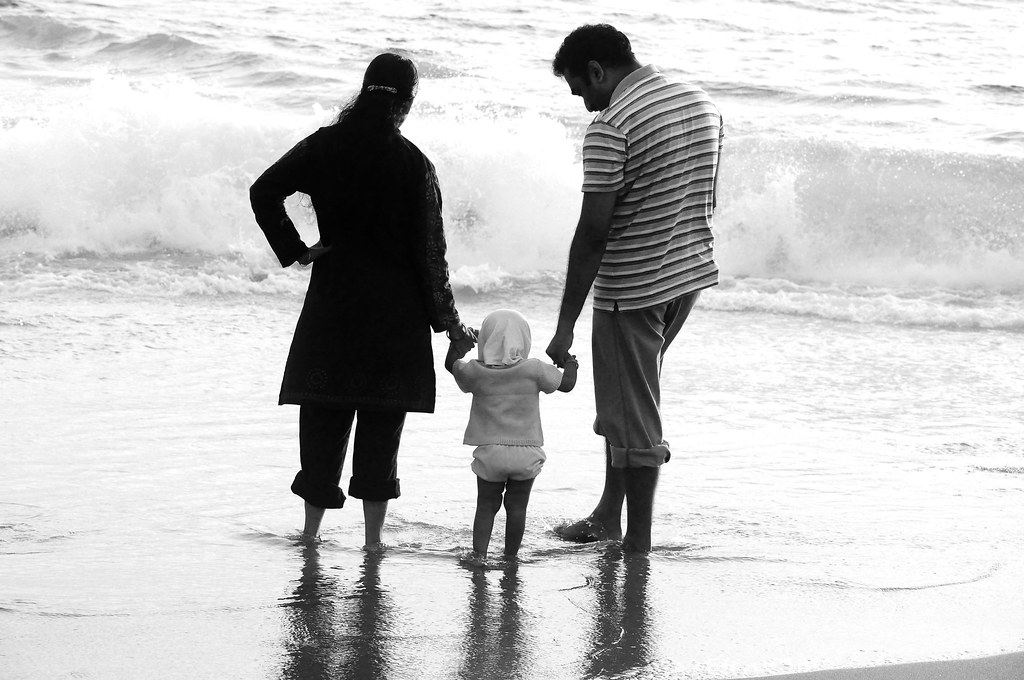
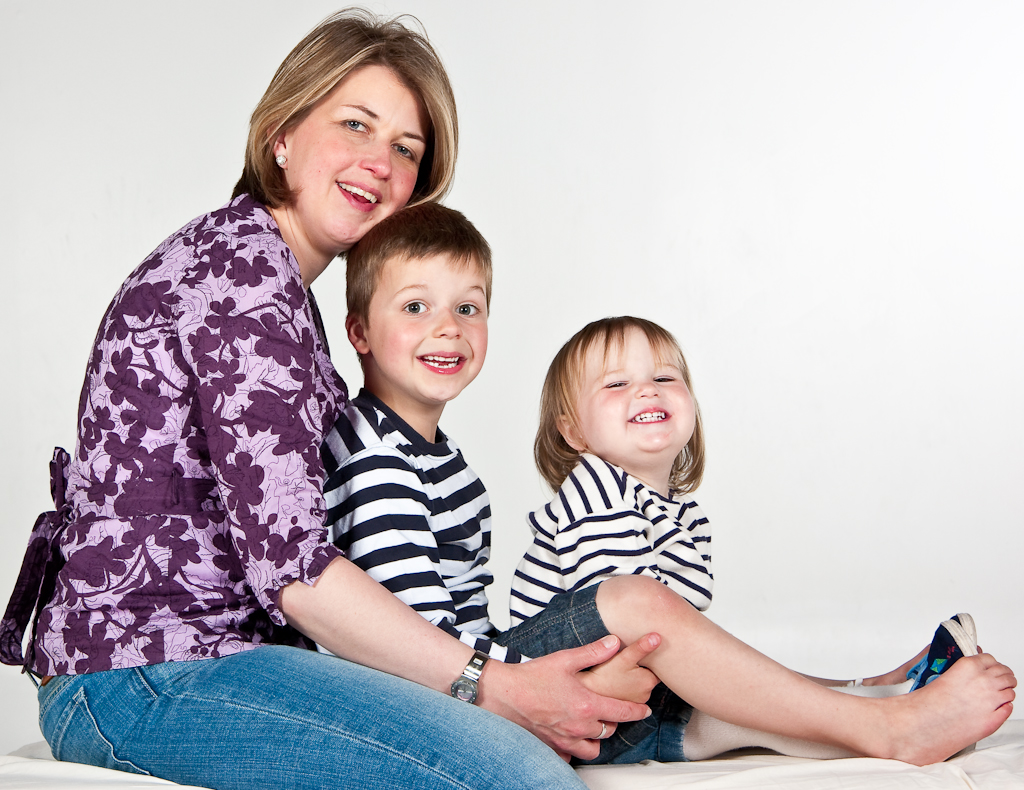
2.
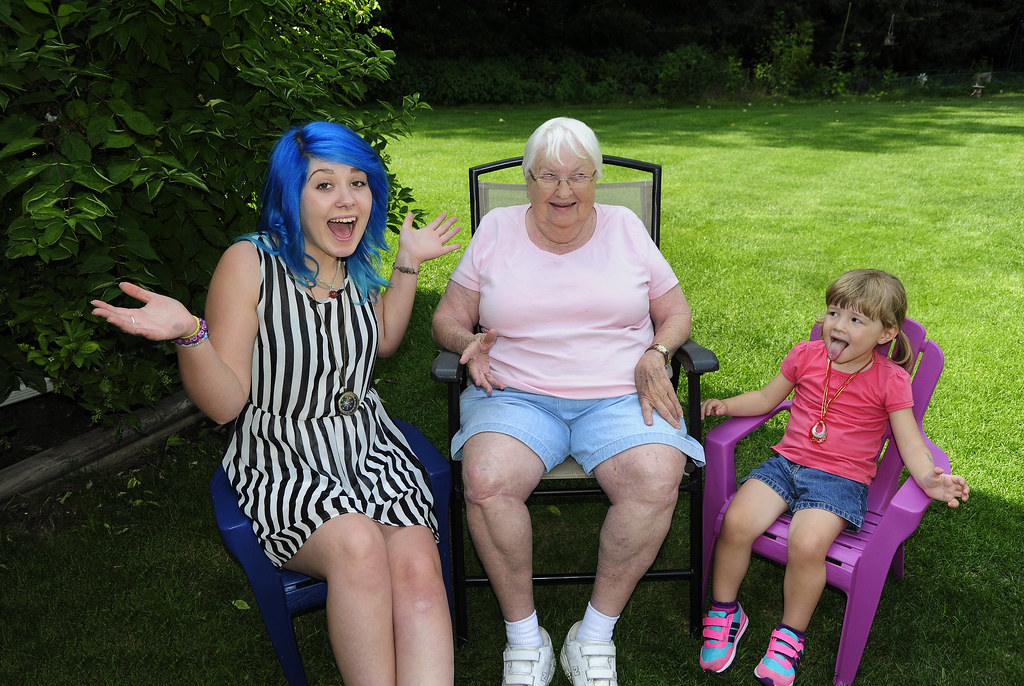
3.
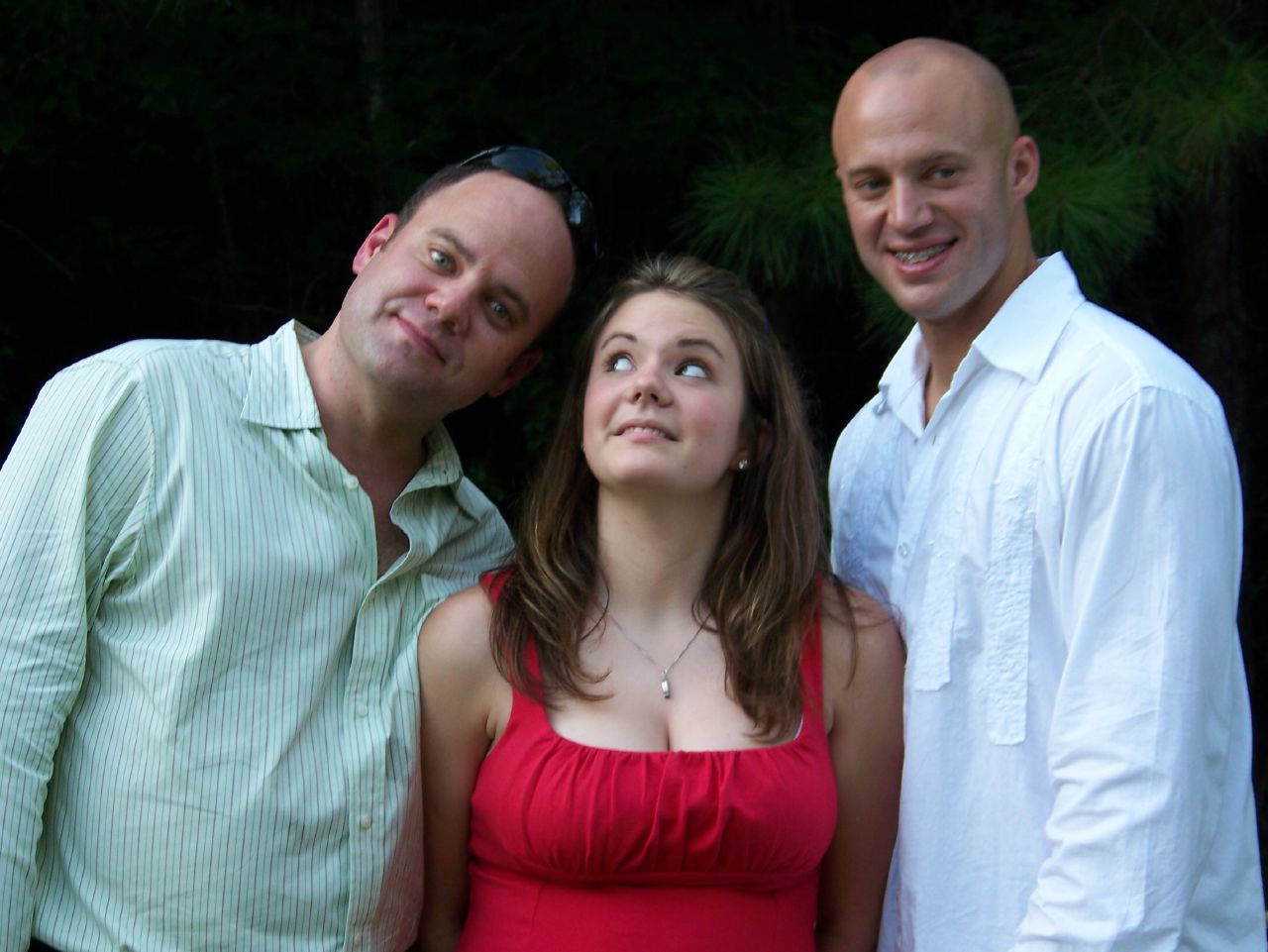
4.
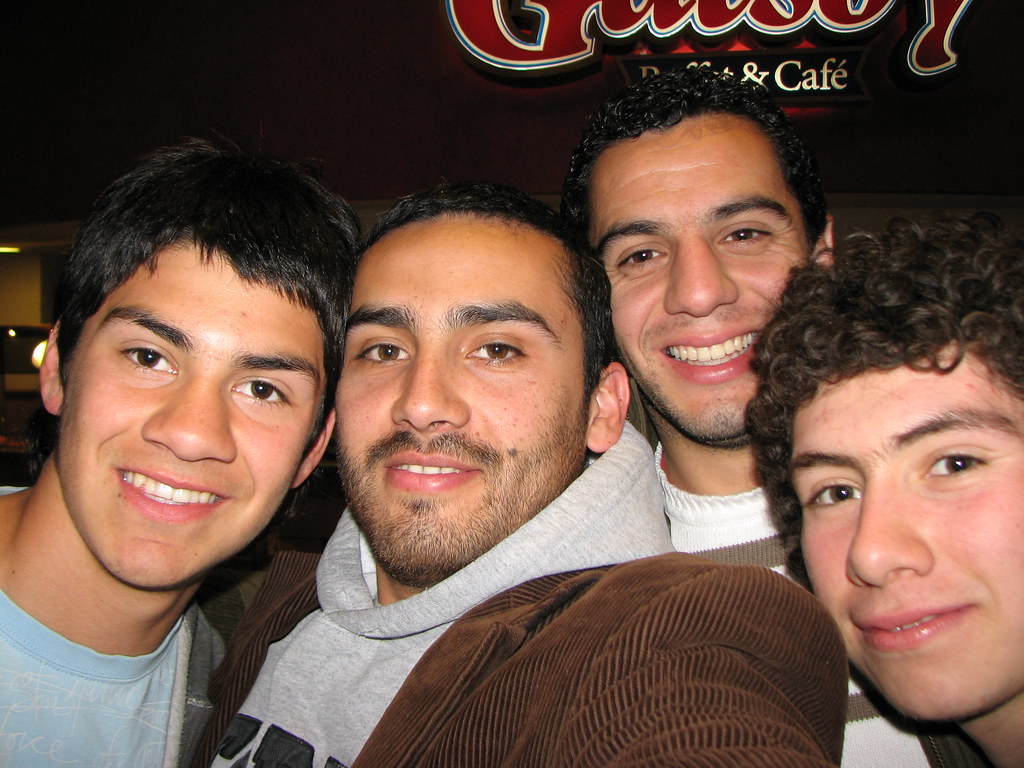
Actividad 24: Encuentra los errores
Instructions: Read the sentences below that describe family relationships. Check correcto if the description of the relationship is correct. Check incorrecto if the description of the relationship is incorrect. If you check incorrecto, cross out something about the sentence and provide the appropriate family word to make it correct.
- Mi marido es mi esposo.
- correcto
- incorrecto
- Los hijos de mis tíos son mis primos.
- correcto
- incorrecto
- La hija de mi hermano es mi hermana.
- correcto
- incorrecto
- Mi mujer es mi abuela.
- correcto
- incorrecto
- Los hijos de mis hijos son mis nietos.
- correcto
- incorrecto
- El padre de mi espos@ es mi suegro.
- correcto
- incorrecto
- El hijo de mi hermana es mi cuñado.
- correcto
- incorrecto
- La esposa de mi hijo es mi hija.
- correcto
- incorrecto
- Las hermanas de mi madre son mis tías.
- correcto
- incorrecto
- Los padres de mis padres son mis abuelos.
- correcto
- incorrecto
Actividad 25. Preguntas personales
Instructions: In the following activity, you will answer questions about your family and then interview a classmate. Listen to the audio and then answer the questions below.
- ¿Cómo se llama tu mamá?
- ¿Cómo se llama tu papá?
- ¿Cómo se llaman tus abuelos?
- ¿Tienes hermanos?
- ¿Tienes muchos primos?
- ¿Tienes sobrinos?
- ¿Cuántos años tienes tú?
- ¿Cuántos años tiene tu mamá? ¿Y tu papá?
- ¿Cuántos años tienen tus abuelos?
- ¿Tienes mascotas (pets)? ¿Qué son, cómo se llaman y cuántos años tienen?
- ¿Cómo son los miembros de tu familia?
Then, interview your classmate. You and your partner can use the video as a guideline for the second part of the activity.

Actividad 26. La familia Quispe González
Context: Álex introduces his family and describes his family members according to his point of view. In the video below, his sister Lula gives her own description of their family. Pay attention to the descriptions Lula makes of her family members. Do they both describe people using the same adjectives? Are there any differences? (Video Transcript)
- Actividad 24. La familia is a minor adaptation of "Topic 7 The Family and Possessive Adjectives" from Spanish 001 Copyright © 2017 by Ana Ivette Serrano and Gisela Serrano-Lebrón and licensed under a Creative Commons Attribution-NonCommercial-ShareAlike 4.0 International License, except where otherwise noted. ↵
- Content from the section Vocabulario is a minor adaptation of "¡Chévere! Introductory Spanish I: 5. ¿QUIÉNES SON LOS MIEMBROS DE UNA FAMILIA?: Vocabulario: La familia" by ERICA BROWN, ALEJANDRA ESCUDERO, MARÍA CRISTINA MONTOYA, AND ELIZABETH SMALL is licensed under CC BY 4.0 via source content ↵
- Actividad 25. La familia real española and Escuchar: La Familia are from "Introductory Spanish I: 5. ¿Quiénes son los miembros de una familia?: Ejercicios: La familia" by SUNY Oneonta with Lumen Learning is licensed under CC BY 4.0. ↵
- La familia Quispe González is from "¡Naveguemos juntos!: 3.8: Video- La familia de Álex (y de Lula)" by M. Barrio De Mendoza, K Gutiérrez, H.Ho, C. Lin, & A Stere Lugo, ASCCC Open Educational Resources Initiative is licensed under CC BY NC 4.0. ↵

